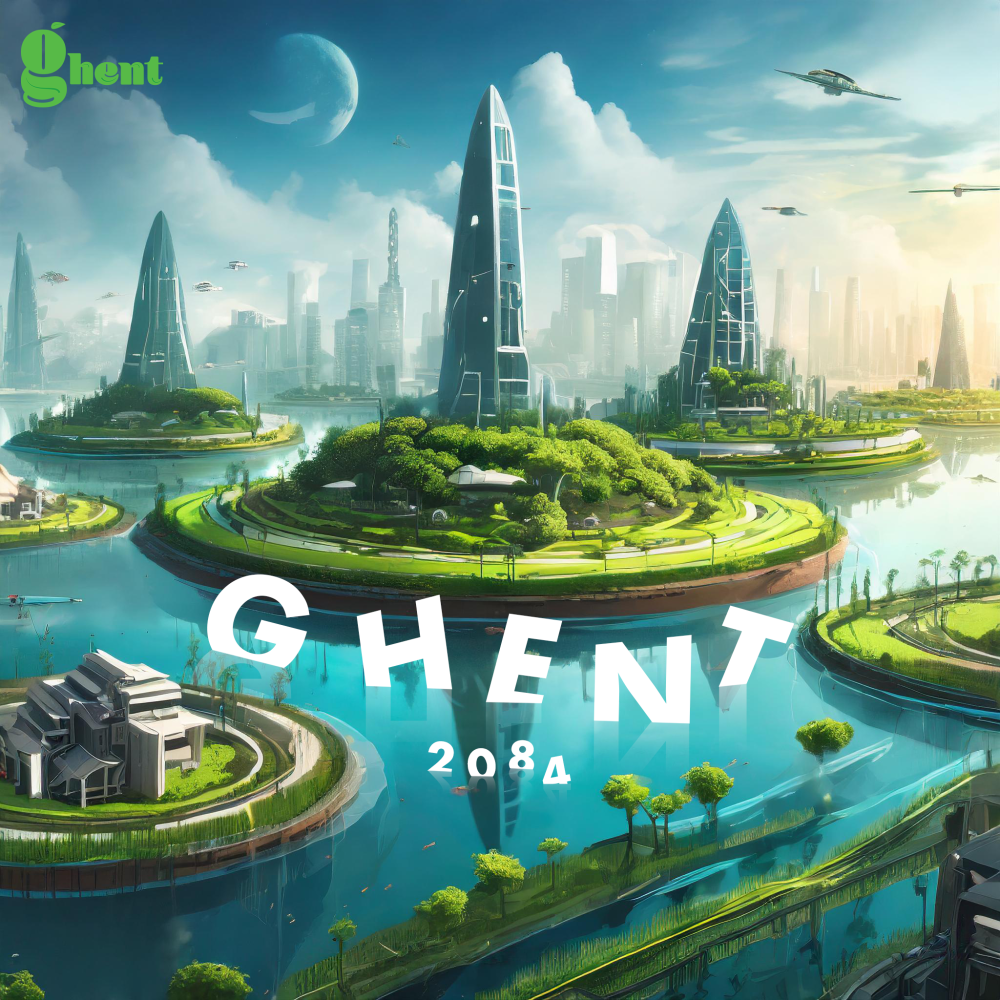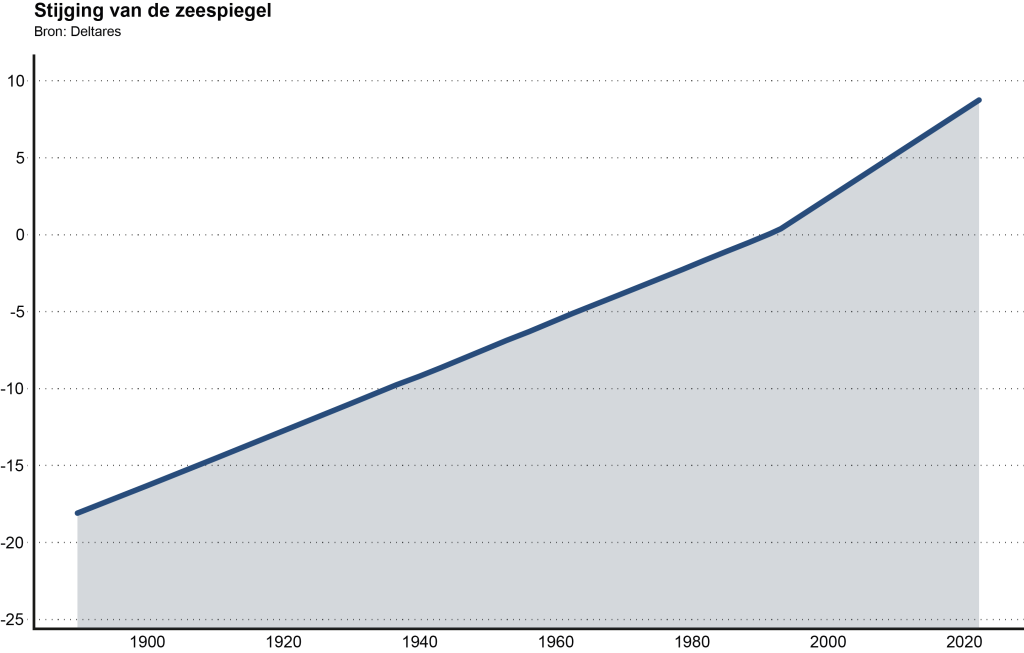
I am Dirk van der Laan, 54 years old. A farmer in 2084. 10 years ago, Ghent flooded as a result of global warming, melting ice caused the sea level to rise even further. As a city it was disastrous, everything was destroyed. More than half of the population did not survive the disaster.
We had to find a new way to survive and rebuild everything. Fortunately, the scientists at Agrotech, an agricultural tech company, were not affected by the flood. They helped us develop new technologies and rebuild agriculture. I played an important role in restructuring agriculture in Ghent.
New Ghent
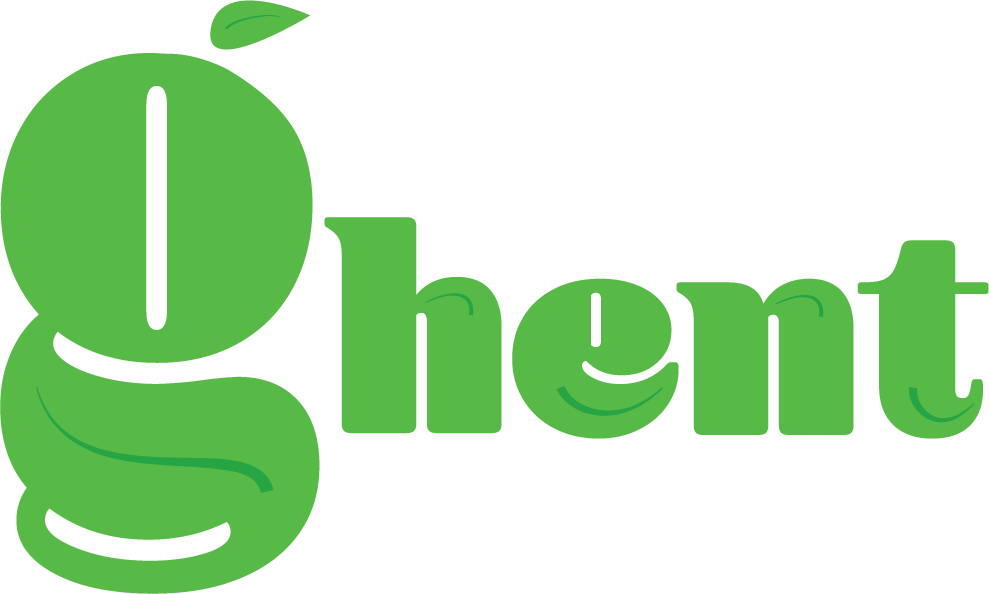
Ghent had become the new Atlantis. The only possible solution was to learn to live on the water. Together with a group of scientists from Agrotech, artificial islands were developed to rebuild society.
I would like to give you some more information about the islands. What used to be the center of Ghent is now the center island, a large island connected to several small islands. The town hall, schools, the market, a reflection place, a residential care center and other general facilities are located on the center island.
Little was left of the monuments such as the Belfry, only the highest meters of the towers remained intact. That's being done vertical farming was done and solar panels were attached to the side of the towers to provide energy to growth platforms that are on the water. The solar panels are essential for the energy supply of the population and agriculture. Since everything was flooded, there is a surplus of water. Irrigation systems were installed to provide water to the crops.
Island system

All surrounding islands offer their own function. We have a fruit island, vegetable island, industrial island, wheat and grain island, cotton island, fish island and the prisoner island. The various islands are connected to the center island through irrigation systems and energy connection systems.
The society was divided into working groups to carry out jobs on the surrounding islands. The prisons could not be recovered. That is why we chose to create a prisoner island where the “dangerous” prisoners reside. We try to reintegrate the rest of the prisoners into society by putting them to work on the agricultural islands.
I work on an industrial island, where I often take prisoners under my wings. I notice that it helps them to re-enter society. They have much more social contact than in normal prisons. There is a way to let them learn from their mistakes without closing them off from society for years.
Protein replacement
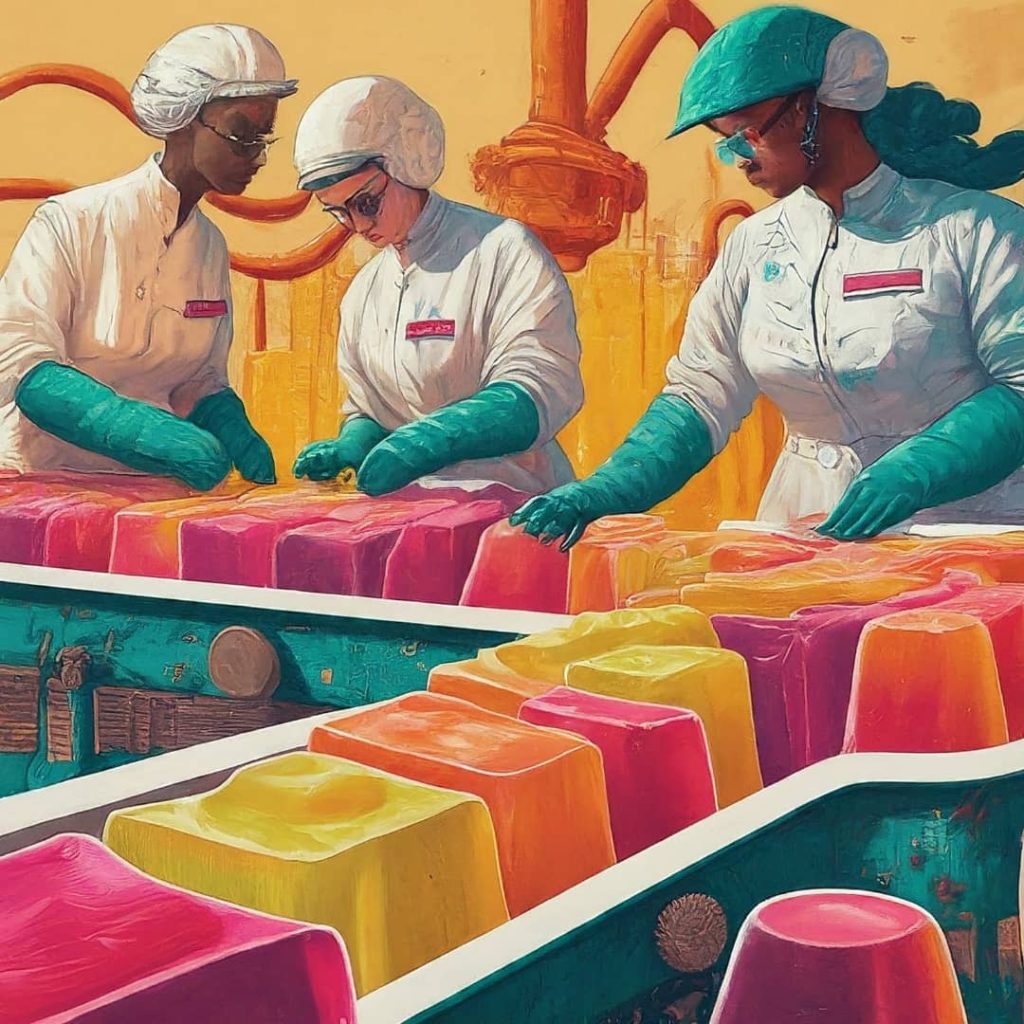
The cattle did not survive the flood. We created an artificial protein jelly so that we take the right vitamins and nutrients to survive. I am responsible for that. I am responsible for the production and distribution of the gelatin. The residents can indicate which flavors they want, the jelly can take on the flavor of any product. It is recommended to eat two servings of jelly, if you eat more than two a toxin will be released which will make you feel nauseous. In this way we try to safeguard the physical health of the population.
The distribution
Distribution is arranged by the city using drones. Every day, nutrients are transported from the surrounding islands to the market, a meeting place where the population can make their purchases. Human contact is a priority and togetherness is a natural consequence of this.
The agricultural companies are regulated by the government. This ensures that every company follows the rules and ensures an equal distribution of luxury and technology among the population and companies.
Video: our vision of the future for agriculture
Human behavior
Nature and technology go together in harmony, which ensures better mental health among the population. Before Ghent flooded, there were computers everywhere and nowhere for nature and social contact. Now the islands have been developed to such an extent that people are returning to their natural origins.
Where the city gardens used to be, new futuristic vegetable gardens were created. We are encouraged to work together and also use our green fingers in our spare time.
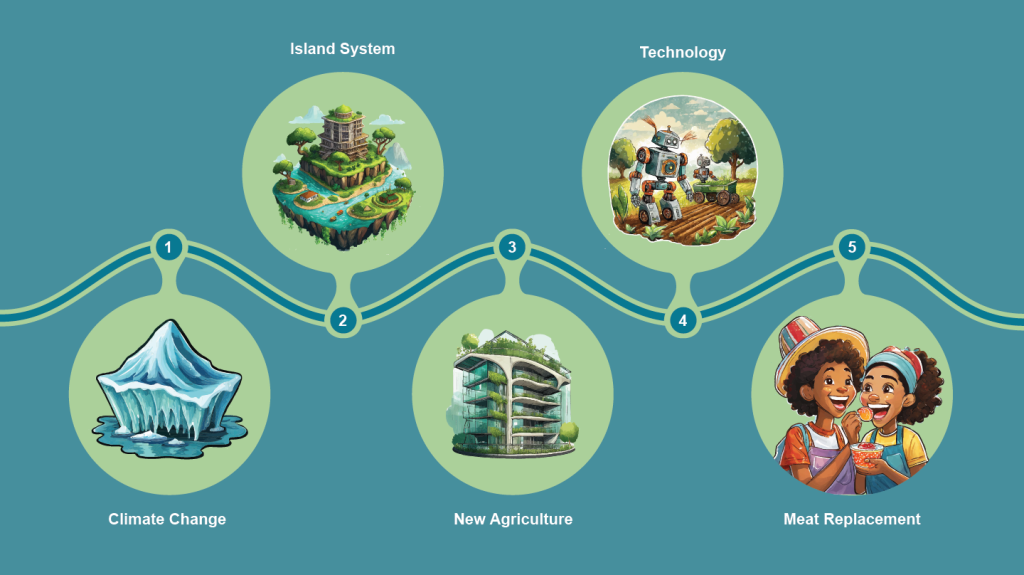
Technology
My wife works on the vegetable island. By 2024, AI systems were already being used to guarantee the well-being of the crops. Now there is less room for agriculture, but at least as much must be produced. That's why it was vertical farming introduced. Unlike traditional farms, crops are grown in vertical systems. She says that they can now be easily regulated. They are placed in a controlled microclimate, in which both the lamps and the temperature are adapted to the plants.
In 2084 we are convinced that vertical farming takes a more advanced form. Given that the city consists of individual islands, all areas will be structured in a structured manner. Automatic irrigation systems are used and each plant is connected to a plant monitoring system. In this way, scientists keep track of how the plant grows and how photosynthesis proceeds. The same crops are still grown on the agricultural islands as in 2024. The only thing that is disappearing is livestock farming. There is still fishing from the surrounding water.
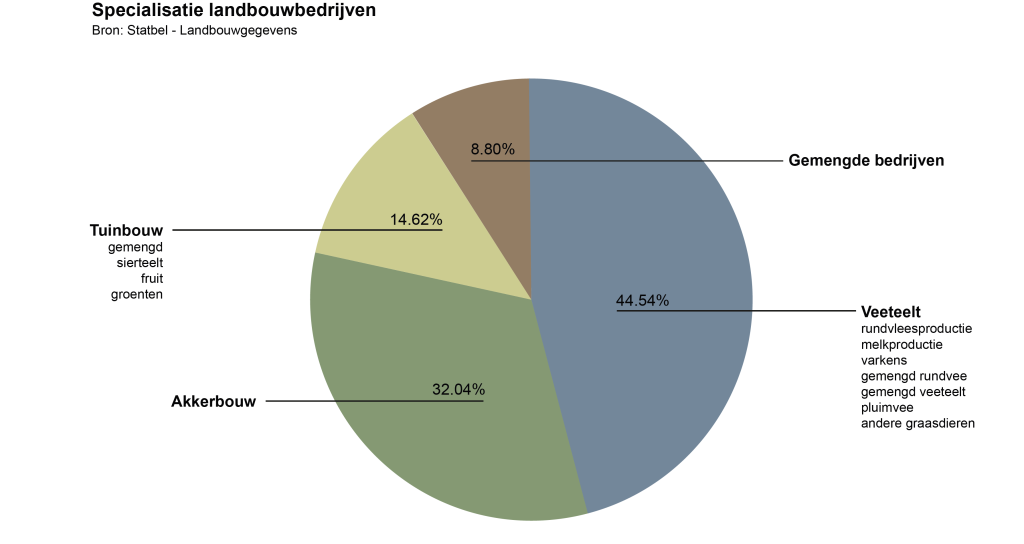
We use today virtual reality to do agriculture. For example, there are virtual simulation systems that can imitate the situation of a growing crop. This way we can test new methods before they do it on their real crops. This simulation is used, for example, to determine the position of the lamps and which lamps are needed for a particular crop. Each plant needs a different microclimate.
Final word
As a farmer, I wouldn't wish my life any other way. I have found my peace and humanity has never been so close.
Dirk van der laan, farmer

